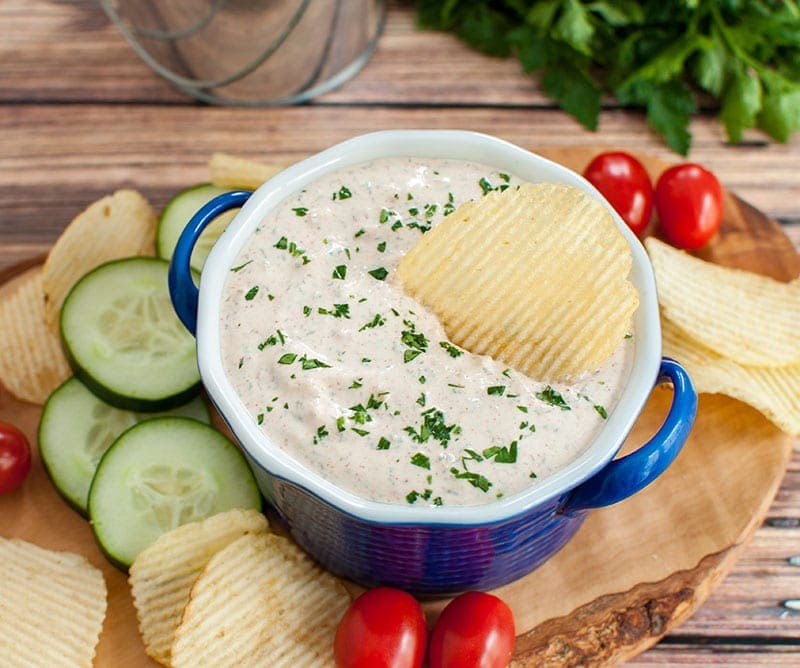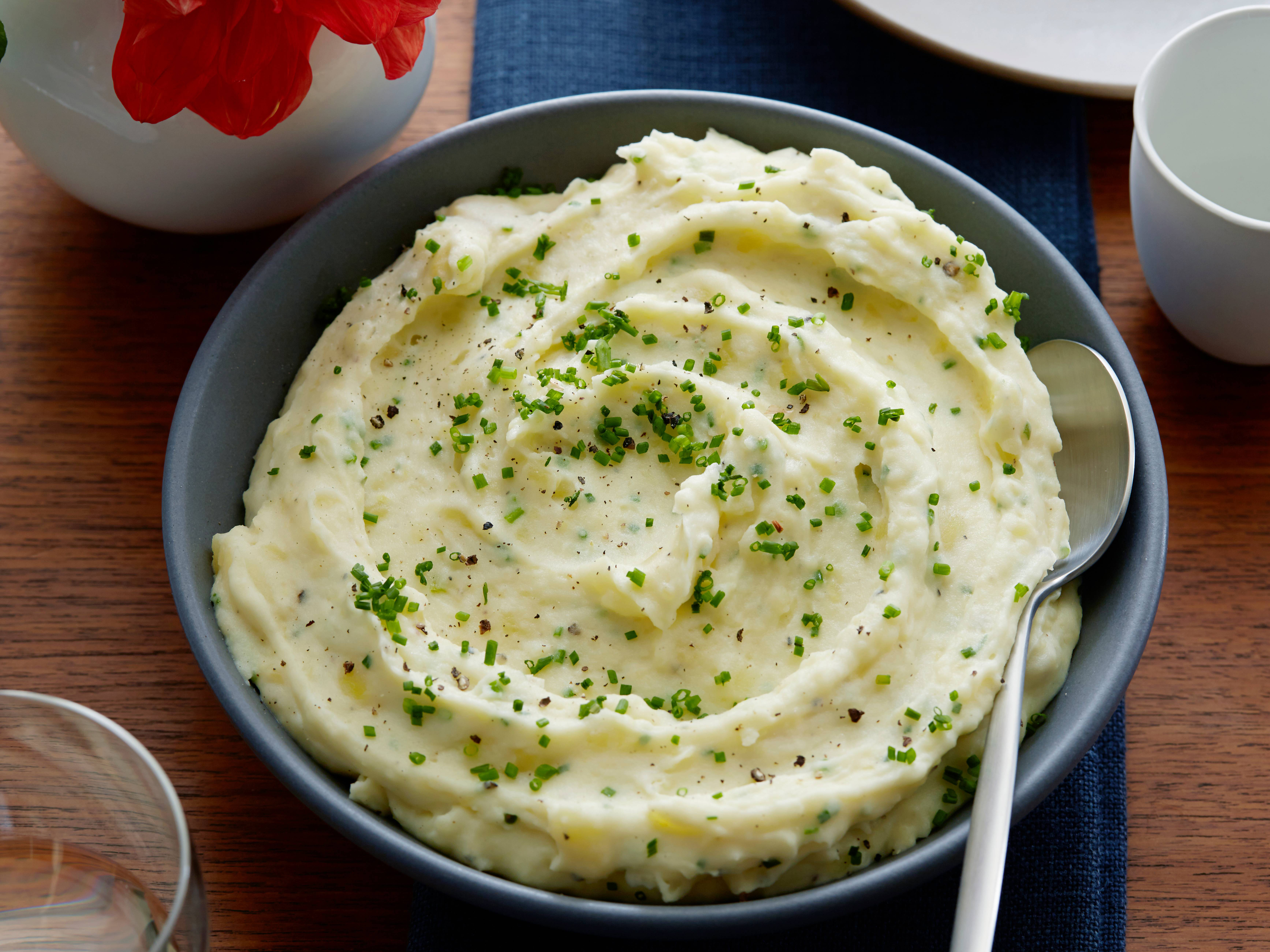

Kefir contains both mesophilic and thermophilic Lacto-bacteria.
SOUR CREAM RECIPE FREE
If that seems too complicated and you have access to kefir with active Lacto-bacteria in it feel free to use that instead. Using both cultures gives your cultured sour cream a more complex flavor. In order for both cultures to reproduce well in your sour cream culture, you need to maintain the temperature in the 100 to 110 range so that both cultures can actively populate your cream. Mesophilic bacteria reproduce at room temperature around 70 to 78F, while thermophilic bacteria reproduce at temperatures between 105 and 110F. These are the most common bacteria found in commercial cheese making and yogurt making cultures. Thermophilic Lacto-bacteria include : Streptococcus salivarius subsp thermophiles, Lactobacillus delbrueckii subsp bulgaricus, and Lactobacillus acidophilus. Mesophilic Lacto-bacteria include: Lactococcus lactis subsp cremoris, Lactococcus lactis subsp lactis, Lactococcus lactis subsp diacetylactis, and Leuconostoc mesenteroides subsp mesenteroides. While there are untold numbers of different Lacto-bacteria available – each favoring a different growth medium, in dairy products two major forms of Lacto-bacteria predominate – Mesophilic (used for buttermilk, cheddar, and other hard cheeses) and Thermophilic (used for yogurt, mozzarella, Swiss, and parmesan cheese). Once you’ve tasted active, probiotic-rich, creamy homemade sour cream, you’ll never enjoy the commercial product again.Īctive cultures are living, thriving colonies of Lacto-bacteria. Use this as you would store-bought sour cream on baked potatoes, in stroganoff, as an accompaniment to potato pancakes, as a base for dips or sauces. As it ferments it will thicken and the flavor will improve. Step 4: Leave the dairy mixture to ferment overnight – 8 to 12 hours. Using a sanitized spoon, stir in ½ teaspoon of the powdered mesophilic culture or 2 tablespoons of the active cultured buttermilk, and 2 tablespoons of yogurt OR omit the mesophilic culture and yogurt and just add 2 tablespoons of kefir. Step 2: Pour the mixture into the sanitized jar. Step by step directions for homemade probiotic sour cream ½ teaspoon of mesophilic culture or 2 tablespoons of active cultured buttermilk, or 2 tablespoons milk kefir
SOUR CREAM RECIPE HOW TO
Recipe Card powered by How to Make Sour CreamĢ cups of organic, grass-fed heavy cream or half ‘n’ half or whole milkĢ tablespoons of active culture plain yogurt Step 5: Refrigerate the finished sour cream. Step 4: Leave the sour cream to ferment overnight – 8 to 12 hours. The oven maintains a temperature around 95 to 115 F which is ideal for dairy ferments. Turn the oven light on and close the door. Place the covered jar in this and put it in the oven on the middle rack.

I place a 2-quart glass measuring cup in the oven and put about 1 liter of hot tap water into it. Step 3: Create a warm environment to culture the sour cream, as you would if you were culturing yogurt. Step 2: Pour the cream into the sanitized jar. Step 1: Clean and sanitize both the jar, the lid, and any utensils that will come in contact with the cream. Learn how to make sour cream by using this recipe that takes advantage of the probiotic benefits of two lactic acid bacterial cultures. Finished sour cream should be placed in the fridge and will keep for a week or two, getting more sour over time.

Real sour cream tastes sweet and only slightly sour at the same time.ĭairy-free sour cream can be made using the same recipe and substituting cashew cream, coconut milk, or almond milk for the dairy milk in this recipe. Though you may find recipes on the internet claiming to make it by adding a teaspoon of lemon juice, apple cider vinegar, or white vinegar to milk, real sour cream gets its creamy texture, not through the addition of artificial thickeners, but through the addition of a probiotic culture of lactic acid bacteria. Some people use heavy whipping cream to make it but sour cream can also be made using whole milk, though the consistency will be thinner. The fat content of sour cream comes from the butterfat in the milk. (I use my electric oven, with the light bulb turned on to get just the right temperature to actively ferment the cream.) You’ll need a glass jar with a lid, cheese cloth or a coffee filter, a rubber band or canning jar ring to hold the cheese cloth in place, and a source of consistent heat that can be kept at 100 F. You don’t need any special equipment with this method of making sour cream. Here’s the easy way to use the equipment you already have.


 0 kommentar(er)
0 kommentar(er)
